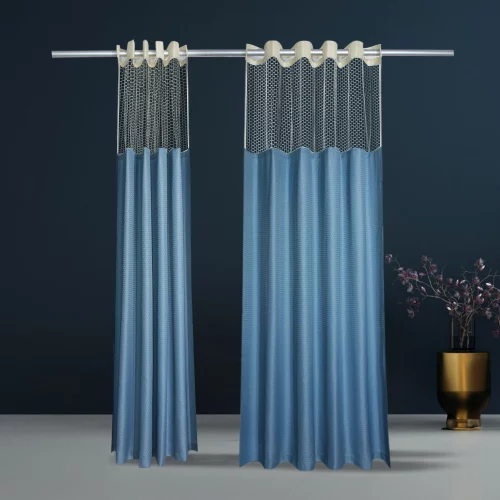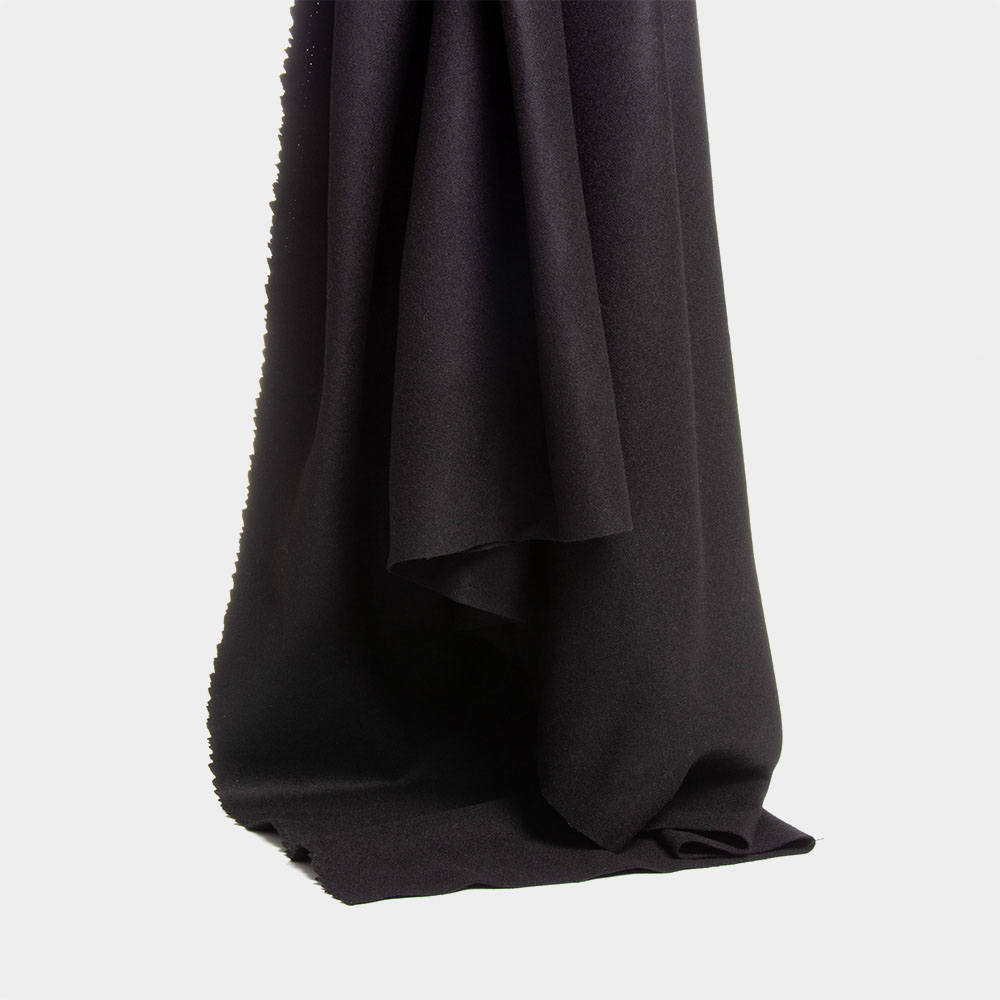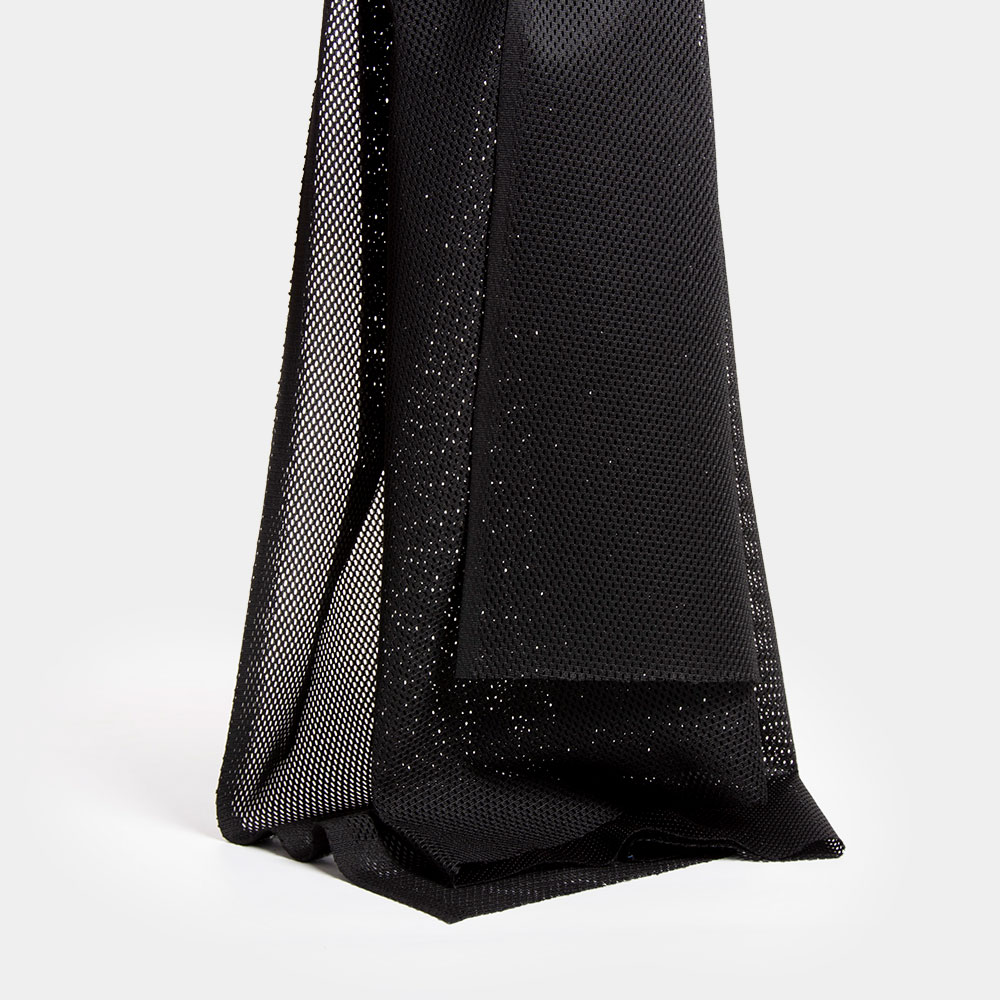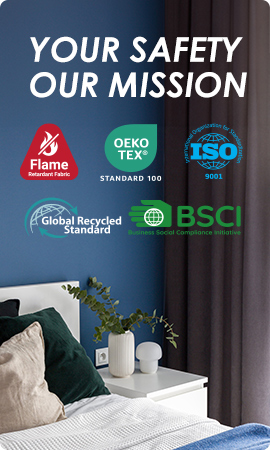How Flame Resistant Textiles Boost Safety in Home and Work Environments
Enhancing Safety with Flame Resistant Textiles
Textiles that are resistant to flames are very important in ensuring safety in the home as well as work environment. It has been realized that there has been increased use of such vital fabrics and their application is being appreciated by many people. They are important in various ways because they mitigate the chances of getting hurt in case there is a fire. Also, fire resistant fabrics help in compliance with safety standards in most fields.
The Role of Flame Resistant Textiles in Fire Prevention
Flame Resistant requires stringent testing to meet safety standards. If the chemicals and materials that are supposed to be resistant to flames do not adhere to the industry standards, then the product will not be effective in real-world applications, such as uniforms for military personnel. The application of flame resistant textiles requires a standard comprised of safety standard benchmarks to be followed. For instance, EN ISO 11612 and EN ISO 14116 are evaluated standards that benchmark the flame retardant of materials. These evaluations are vital to material manufacturers because they help in identifying timestamps when the flame resistant will function. However, they are highly critical because once they fail, they would present application barriers indicating that the product is not reliable.
Standards for Flame Resistant Textiles
Compliance with accepted norms is vital both in the production of and use of flame resistant textiles. NFPA 701, commonly used for testing the fire resistance standards of textiles and film materials, exposes the materials to flames to test the most realistic fire resistance effect
Conditions for protective clothing used in welding and allied processes are given in the standard ASTM F1506. This standard specifies performance requirements for protective clothing, which is intended to protect the wearer’s body, except the hands, head and feet, against heat and fire. It is possible to guarantee that textiles meet performance requirements, and that their properties as protective are enhanced by complying with this standard.
ISO 14116 standard is developed for environments with low heat exposure, based on the requirement for textiles to resist flame spread, designed to protect people from this level of heat, in particular. Therefore, flame-resistant textiles, which meet the specified standards, can be expected to protect people, seeing how they function within a specific set of rules, involving a wide range of applications, from everyday homeware to industrial safety wear.
Types and Characteristics of Flame Resistant Textiles
Inherent Flame Retardant (IFR)
Inherent flame retardant textiles are those in which the flame retardant features are a part of the fibers themselves, being built from the beginning of the textile production. The term contrasted with durable finishes, which are chemically or physically bonded to the surface of the fiber to the fabric, but lost the flame-retardant abilities after washing or long wear. Such properties differ inherent fabrics from other materials, including those that demonstrate certain flame-resistant features. The innate textiles have the ability to ensure that they will remain operational for their entire life. Thus, materials that offer long-term security and peace of mind for workers and consumers are considered fabrics with inherent flame retardancy.
Caused by their chemical constitution, the inherent properties of these textiles are typically determined by the fact that they are able to provide their user with any additional resistance to ignitibility and burnability. This item on the list includes such textiles as synthetics or natural fibers that have been treated. With regards to this, textiles adhering to the requirements of standards related to textiles and their resistance against ignition, such as ISO 6941:2003, provide information on the given material and show its inherent effectiveness in terms of resisting fire.
Durable Flame Retardant (DFR)
One of the primary differences between durable and inherent flame retardant textiles is that durable flame retardants are actually the type that is treated with chemicals. In other words, the textile has finishes that are added in order to make the fabric more resistant to flames. This also means that these finishes are not as permanent as the name would imply and can actually degrade over time due to a number of conditions, such as washing or simply existing in the environment. That said, as long as the material is maintained, it will still be sufficiently flame retardant.
Permanent Fire Retardant(PFR)
Permanent fire retardant textiles benefit from a rigid treatment process that facilitates the retention of fire resistance properties by the textile even after several washes or uses in the field. Consequently, the PFR textiles demonstrate a high level of protection with regard to flames and heat.
The manifestation of permanent fire retardant textile, which is widely utilized in high-risk industries, with such workers requiring it to remain highly functional over a period of time. It goes on to highlight how the flame-resistance properties of these textiles, fashioned in an inherent manner rather than being chemically treated, are put through the rigorously calculated tests detailed in specific safety standards. In particular, the British Safety Standard 6249, analyzes the performance of flam-resistant protective clothing tailored to high-risk areas.
Benefits of Using Flame Resistant Textiles in Workplaces

Improvement of working environment
The medical work environment not only requires high safety standards but also constantly affects the hygiene and comfort of staff and patients. Therefore, hygienic and comfortable flame-retardant fabrics can greatly improve the environmental experience of both hospitals and clinics. BEGOODTEX flame retardant medical products not only have the characteristics of low smoke emission, self-extinguishing performance, and low heat release but also comply with international standards such as NFPA701, BS5867, CAN/ULC-S109, DIN4102-B1. It also combines waterproof and antibacterial functions, effectively reducing the risk of bacterial infection and cross-contamination. Created safer and more hygienic innovative choices for medical personnel and patients
Compliance with Safety Regulations
Moreover, the introduction of flame resistant textiles in the attires used in the work environment is also due to the need to comply with a set of specific regulations that will protect the people working at the site from harm. Standards concerning protective clothing, such as EN ISO 11612, offer specifications for the textiles used in the creation of the uniforms for workers that are likely to be exposed to flames and high temperatures. Thus, an organization using the textiles in employees’ attires will be able to avoid severe punishment on the part of regulatory bodies and the corresponding increase in liabilities.
Moreover, compliance with these rules also helps corporations to avoid harming their reputation following the negative cases. Normally, the companies that strive to ensure safety to their employees and adhere to the use of fire-resistant textiles will be viewed as employers who care about their employees and seek to provide them with decent working conditions. With the latter approach, the direct result will become an increased employee retention rate and decreased costs associated with injuries and damage claims_commonly the ‘court costs, inspection fees_bail, or attorney fees’ that can be saved following the court cases in favor of the employer.
Applications of Flame Resistant Textiles in Home Environments
Usage in Household Items
Flame resistant textiles have become increasingly useful and beneficial not only in the workplace but also in home environments, where safety is vital. In fact, they can be commonly employed to make various objects, including curtains, upholstery, and bedding among others. Therefore, such materials help families obtain an extra security mechanism to prevent all sorts of fire-related problems. For instance, being able to control the spread of the flames, may reduce property damage and give people a chance to survive.
Additional Protections in Domestic Settings
In addition, flame resistant textiles also improve domestic protection. In particular, since the kitchen in many homes is a hot spot for cooking, flame resistant tablecloths and aprons can prevent these materials from igniting due to spills or gas stove flames. As such, there is a broad range of applications that show that flame resistant textiles should be used throughout the home as well.
In addition, due to the development of flame resistant technology, it is possible to choose a pretty type of fabric, which will not be visually dissimilar to various options for decoration and protection of sofas and chairs. Typically, such textiles can be found in a variety of colors, patterns and, often, pleasant to the touch unpredictable textures. Thus, the risk of heat release will become lower, but for the convenience of the residents, it will not be necessary to sacrifice aesthetic quality. Consequently, it becomes easier for families to choose the enhancement of their living space with a layer of additional protection.
Overall, the use of flame resistant textiles is highly beneficial in both workplace and domestic environments, as it enhances safety, provides compliance with the safety standards, as well as higher performance. Thus, more understanding of the details of these textiles and their possible use facilitates making enabled choices for respective parties.








